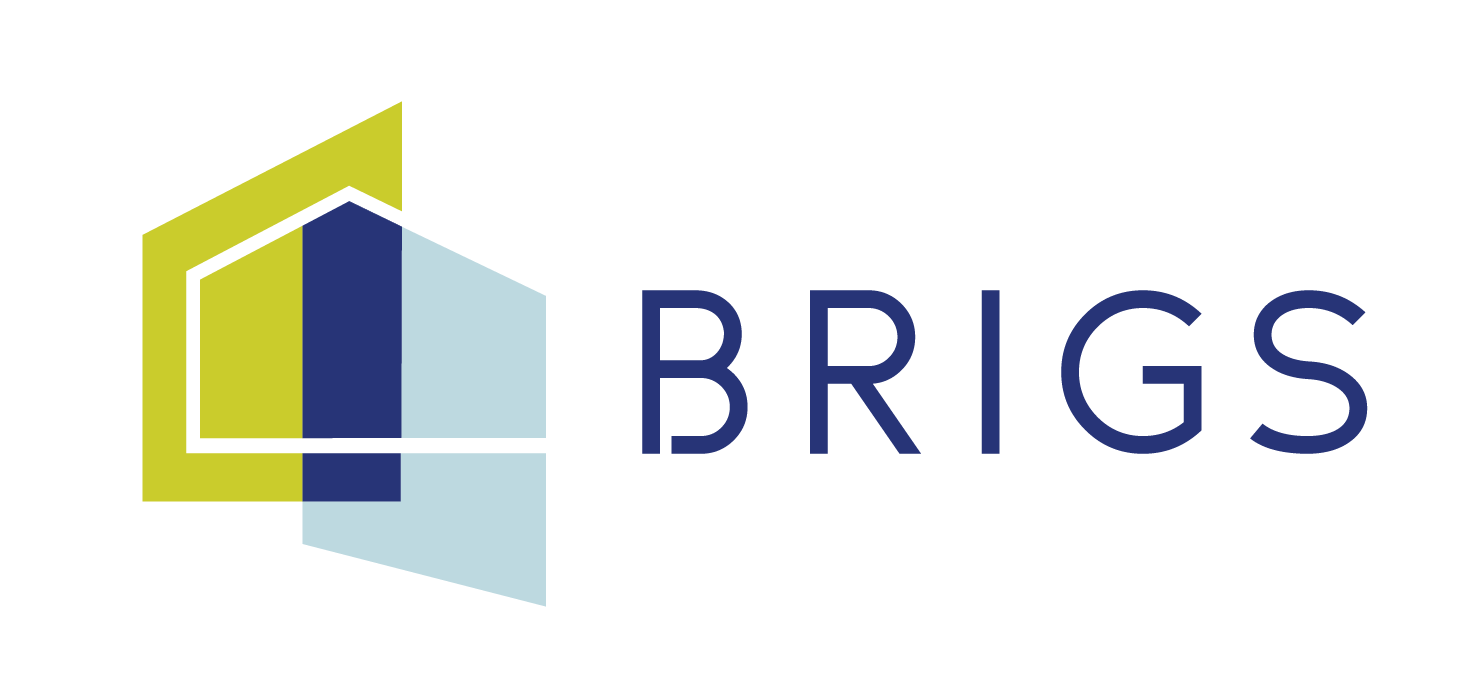Presenting Data to Leadership
Turning Numbers into Action
By Michael Valente, Sr. VP of Condominiums
Having been in the condominium industry for years, I’ve learned one truth: data is only as good as the decisions it drives. Whether it’s occupancy trends, maintenance costs, or budget forecasts, the numbers we crunch every day hold the key to smarter strategies—but only if we can present them effectively to leadership. Over my 16+ years in real estate management, bolstered by an MBA in Data Analytics, I’ve honed a few practical approaches to transform raw data into actionable insights for boards, executives, and stakeholders. Here’s what works.
Start with the ‘Why’
Numbers without context are just noise. Before diving into charts or spreadsheets, I always frame the data with a clear purpose. For example, when presenting rising maintenance costs to a condo board, don’t just show the spike— explain why it matters: “This trend could impact reserve funds by 2026 if we don’t adjust now.” Tying data to a tangible outcome—like resident satisfaction or financial health—grabs attention and sets the stage for a productive discussion.
Simplify, Don’t Overwhelm
Leadership teams are busy. They don’t need a 20-tab Excel file—they need clarity. Lean on visuals to distill complex data into a single, digestible story. A bar graph comparing year-over-year vendor expenses or a pie chart breaking down operating costs can say more than a wall of numbers. Tools like Power BI or even Excel’s basic charting features are great go-tos. The trick? Keep it to one or two visuals per point and highlight the takeaway (e.g., “Vendor costs are up 15%—here’s where we can negotiate”).
Focus on What’s Actionable
Data for data’s sake wastes everyone’s time. When presenting to leadership, zero in on metrics they can act on. Take occupancy rates: instead of just reporting a dip, pair it with a recommendation, like “We’re at 92%—targeted marketing to remote workers could fill these units by Q3.” It’s about giving decision-makers a clear path forward, not just a rearview mirror.
Anticipate the Questions
Boards and execs will poke holes—it’s their job. Thus it is hugely important to stress-test data beforehand. If presenting a budget overrun, have answers ready: “Yes, HVAC repairs spiked, but 70% were in older buildings—here’s a preventive maintenance plan.” This builds trust and keeps the conversation moving toward solutions, not dead ends.
Make It a Dialogue
The best presentations aren’t lectures—they’re conversations. Close with a question to pull leadership in: “Based on this cost trend, should we prioritize energy upgrades or vendor rebidding?” It’s a small shift, but it transforms passive listeners into active collaborators. Plus, it surfaces insights individuals might not have considered.
The Payoff
Getting this right pays off beyond the boardroom. Clear, actionable data presentations have helped many companies scale their businesses, boards make educated decision, and much more. It’s not about being the loudest voice—it’s about being the most useful.
So, how do you turn data into decisions with your teams? We’d love to hear what’s worked for you—or what challenges you’re facing. Let’s swap ideas!
